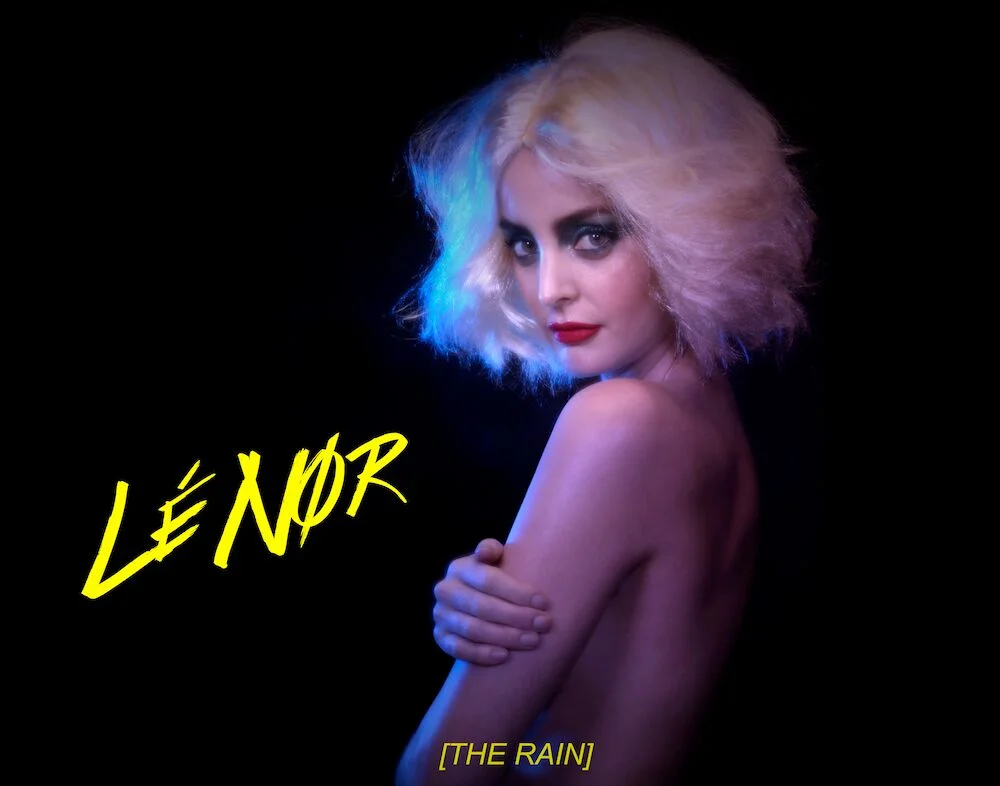4 stars
Lé Nør [the rain] achieves many things: in aesthetic it pays homage to the 80s with joyful dramaticism and in narrative it weaves comedy and tragedy with touching results. But it is in the techniques of production that this work stands out as an unusual and cleverly immersive piece.
Utilising a range of theatrical and cinematic techniques to portray a story of survival, The Last Great Hunt has created a unique show that transports audiences into a world simultaneously different and relatable to their own.
Image courtesy of David Collins
A large screen dominates the stage, in front of which the cast of characters amble while members of the audience find their seats.
Loud hairstyles and an abundance of sequins adorn the actors’ forms, while the refined construction of the work is apparent above all else immediately following the opening blackout.
Lé Nør [the rain] places itself as a faux foreign film from the outset and, although archetypal European character types feature, the cast succeed in creating a lively and often humorous depiction that is free from caricature.
Surtitles and the use of Germanic roots for the fictional language of Sólset achieve a balance that allows English speaking audiences to retain a sense of familiarity in this invented world.
With cinematic and theatrical devices taking the foreground, the simple narrative acts as a straightforward support to the rich and dynamic scenes that are not only interwoven but subtly constructed to contrast one another within a single moment.
Bringing multiple devices into play, with even the terrible wigs becoming relevant to the story, this production challenges audiences to look beyond the surface—the transparency of the screen an echo to this theme, allowing us to see figurative and literal depth.
This isn’t a show that takes itself seriously and it’s all the better as a result.
As we observe the fragmentation of live acting and video output before us, our attention is at once divided and unified. While the score signifies changes in the gravity of a moment and the darkness of the theatre envelops us, it’s as though we’re living the lives portrayed.
For all its silly and ludicrous low-rent aesthetic, Lé Nør [the rain] hits a number of touching notes as the world of its characters changes and their individual lives become entangled.
JASMIN SEABROOK-BENSON
